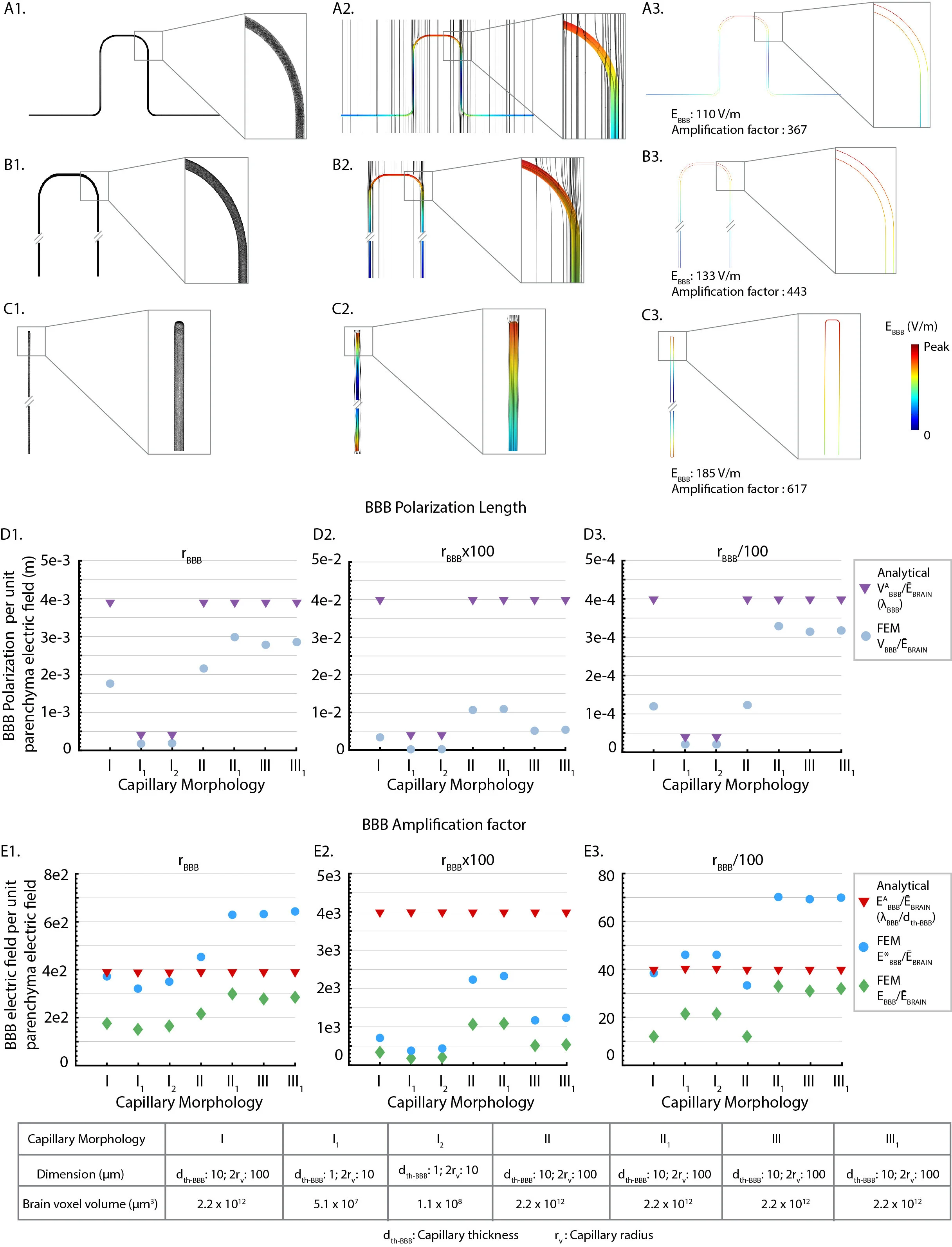Application of Noninvasive Vagal Nerve Stimulation to Stress-Related Psychiatric Disorders
PMID: 32916852 DOI: 10.3390/jpm10030119 PDF
James Douglas Bremner, Nil Z Gurel, Matthew T Wittbrodt, Mobashir H Shandhi, Mark H Rapaport, Jonathon A Nye, Bradley D Pearce, Viola Vaccarino, Amit J Shah, Jeanie Park, Marom Bikson, Omer T Inan
Abstract
Background: Vagal Nerve Stimulation (VNS) has been shown to be efficacious for the treatment of depression, but to date, VNS devices have required surgical implantation, which has limited widespread implementation. Methods: New noninvasive VNS (nVNS) devices have been developed which allow external stimulation of the vagus nerve, and their effects on physiology in patients with stress-related psychiatric disorders can be measured with brain imaging, blood biomarkers, and wearable sensing devices. Advantages in terms of cost and convenience may lead to more widespread implementation in psychiatry, as well as facilitate research of the physiology of the vagus nerve in humans. nVNS has effects on autonomic tone, cardiovascular function, inflammatory responses, and central brain areas involved in modulation of emotion, all of which make it particularly applicable to patients with stress-related psychiatric disorders, including posttraumatic stress disorder (PTSD) and depression, since dysregulation of these circuits and systems underlies the symptomatology of these disorders. Results: This paper reviewed the physiology of the vagus nerve and its relevance to modulating the stress response in the context of application of nVNS to stress-related psychiatric disorders. Conclusions: nVNS has a favorable effect on stress physiology that is measurable using brain imaging, blood biomarkers of inflammation, and wearable sensing devices, and shows promise in the prevention and treatment of stress-related psychiatric disorders.

































